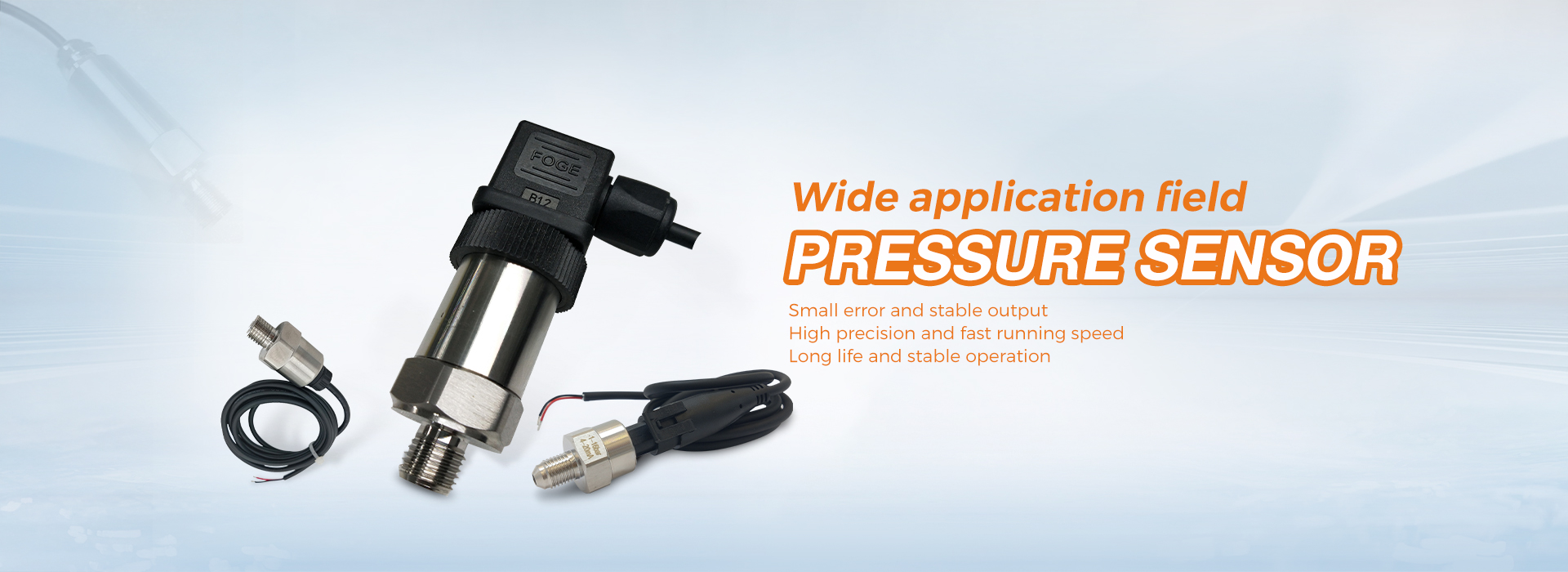Damping characteristics
Differential pressure transmitters are often used to measure fluid flow in conjunction with throttling devices, and can also measure the liquid level, flow, and level of the medium in the container according to the principle of static pressure.These two physical parameters are sometimes easily fluctuated, resulting in a very thick and large recording curve, which cannot be seen clearly. For this reason, there are generally damping (filtering) devices in the transmitter.
The damping characteristic is represented by the transmission time constant of the transmitter. The transmission time constant refers to the time constant when the output rises from 0 to 63.2% of the maximum value. The greater the damping, the longer the time constant.
The transmission time of the transmitter is divided into two parts, one part is the time constant of each link of the instrument, this part cannot be adjusted, the electric transmitter is about tenths of a second; the other part is the time constant of the damping circuit, this part is It can be adjusted from a few seconds to more than ten seconds.
Wetted and ambient temperature
The liquid contact temperature refers to the temperature at which the detection part of the transmitter contacts the measured medium, and the ambient temperature refers to the temperature that the amplifier and circuit board of the transmitter can withstand. The two are different. Small in scope.For example, the wet temperature of the Rosemount 3051 transmitter is -45 to +120°C, and the ambient temperature is -40 to +80°C. Therefore, pay attention when using it, do not mistake the ambient temperature of the transmitter for the liquid temperature.
The effect of temperature means that the output of the transmitter changes with the change of the ambient temperature, which is generally characterized by the output change of every 10℃, 28℃ or 55℃ of temperature change.The temperature effect of the transmitter is related to the range of use of the instrument. The larger the range of the instrument, the less affected it is by changes in ambient temperature.
Post time: Jun-05-2022



